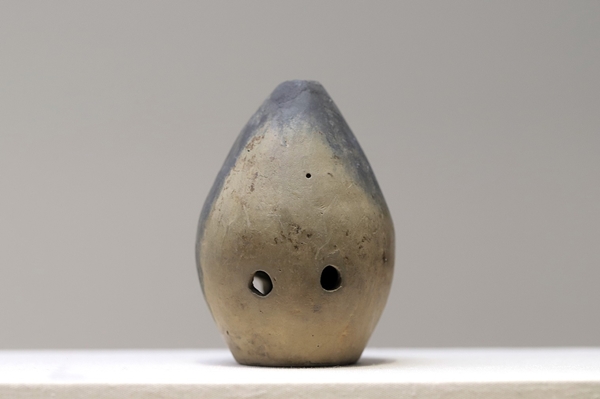Is Xun's fingering the same as the flute? Fingering sharing of blowing xun
The fingering of xun is different from that of the flute. Some people say that the fingering of xun is simple, while others are used to the fingering of the flute. You can experience it yourself. When blowing xun, generally lift your fingers to 2-3 cm above the sound hole of the xun body of the instrument.

When playing Xun, everyone should have the correct way of holding Xun. Press the back two holes with your thumb, and press the front holes with your little finger, ring finger, middle finger, and index finger from bottom to top. When pressing the hole, it must be tight and no air leaks.
Xun's playing skills include wind and fingering skills. Beginners should know the following:
Vibrato: It is to use the finger to make a rapid opening and closing of the whole hole on the sound hole, so that the sound has a fluctuating effect. The most commonly used vibrato are major and minor second, third and fourth vibrato, which can be used flexibly according to the characteristics and styles of different works. Vibrato practice is the most important part of finger movement skills, and requires flexible and flexible fingers during practice.
Portamento: It is mostly used in witty, humorous, low-pitched and sad music. This technique greatly enriches the expressiveness of Xun. Portamento is divided into three types: up-glide, glide and smooth.
Portamento: After the primary note is played, the finger slides up to the second note (higher than the primary note) without any trace, and the exhalation strength increases accordingly.
Glide note: After the original note is played, the finger slides down without trace to the second note (lower than the original note), and the exhalation strength is correspondingly weakened.
Glide: After the first note is played, the finger slides up or down without trace to the second note and then returns to the original position, and at the same time, the exhalation strength is obtained by pressing the portamento and the portamento. Glide, also known as polyglide, is a combination of ups and downs.
Overlapping sound: Make second, third, fourth and other short overlapping additions above the original sound and descend to the original sound. When playing the overlapping sound, the fingers should be opened and closed quickly, and all the movements of the passing sound should be made, but it should not be played as an obvious decorative sound. Duplications are divided into long and short, and should be flexibly applied according to works of different styles and characteristics.
 渝公网安备 50010702504639号
渝公网安备 50010702504639号